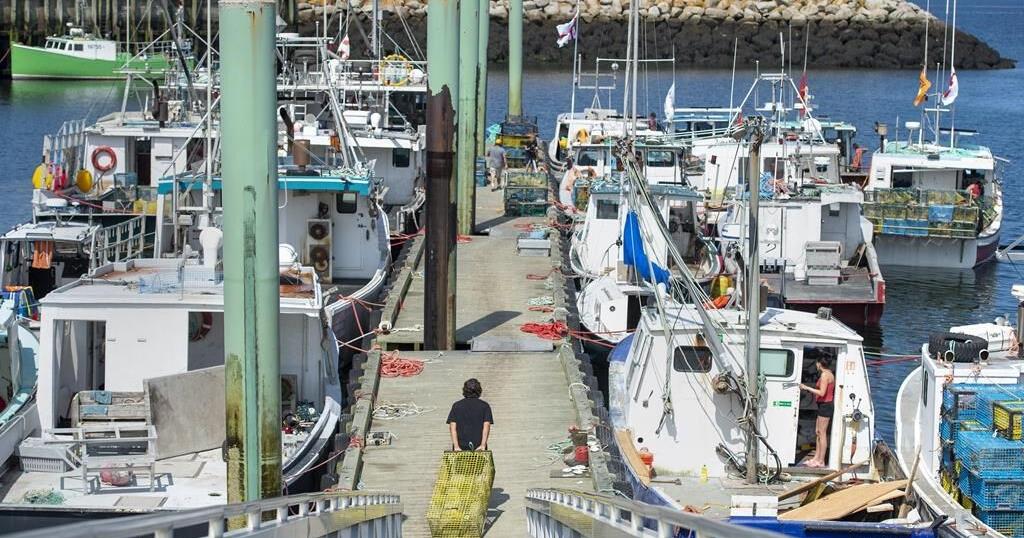COLE HARBOUR, N.S. – As police investigate the killing of a 71-year-old woman in Nova Scotia by her male partner, the head of an Ontario research group on violence against women says the situation is all too familiar.
Homicides involving older couples are among the fastest-rising rates of intimate partner killings in Canada, said Katreena Scott, who runs the Centre for Research & Education on Violence Against Women and Children at Western University.
“It makes me feel all the more determined to do something about this,” Scott said in an interview Wednesday. “People don’t think about this happening (among older people). It can, and it does.”
RCMP said officers found the bodies of a 71-year-old woman and a 72-year-old man in a residence in the community, located across the harbour from downtown Halifax. A police investigation determined the man had killed the woman, and that he died from self-inflicted injuries, the Mounties said in a news release Tuesday.
“The investigation shows this to be an incident of intimate partner violence,” the release said.
It does not provide the name of the deceased man or his victim. A spokesperson for the RCMP said the names were withheld because of privacy concerns.
Police-reported intimate partner violence among people aged 65 and older increased by 45 per cent between 2014 and 2022, according to Statistics Canada. In 2022, about 34 in 100,000 senior women and 23 in 100,000 senior men reported being victims of intimate partner violence, the figures show.
Older adults face several unique risks for such violence, Scott said. For example, retirement is a massive change for some people that can add stress and uncertainty to their lives. As well, retired people can lose access to workplace resources that can help protect them from domestic violence.
Strain from declining health can be a “tipping point” that either initiates abuse or exacerbates violence already taking place, she added.
Older adults are at a high risk of becoming socially isolated, and “violence thrives in isolation,” she said.
“We need to bring in our health services, and our services around dementia and elder care, and think about how we, as a community, are connecting with older people and supporting them,” Scott said.
No matter the age of the victim, there are often clear warnings signs that precede intimate partner killings. Those signs include a history of violence in the relationship, or a spike in the perpetrator’s paranoia, obsessiveness or depression.
She pointed to the report from a public inquiry into the 2020 mass shooting in Nova Scotia, during which the perpetrator killed 22 people after abusing his common-law spouse. One of the core recommendations from the report, Scott said, is for people to learn to recognize and respond to risk factors and warnings signs of intimate partner violence.
During a campaign stop in Halifax Wednesday, Claudia Chender, leader of the provincial NDP, said the killing in Cole Harbour was more evidence that intimate partner violence is an epidemic in Nova Scotia.
“We have to have epidemic-level funding to the front-line organizations that are working with women in communities to ensure this doesn’t happen,” she told reporters in Halifax. “If the (current) funding were sufficient, we would be seeing progress.”
RCMP in Nova Scotia said they are investigating the deaths alongside the provincial medical examiner service.
The Canadian Femicide Observatory says that as of Oct. 31, at least 155 women and girls have been killed so far this year in Canada and in 95 per cent of those deaths, a male was accused in their killing.
This report by The Canadian Press was first published Nov. 6, 2024.






























